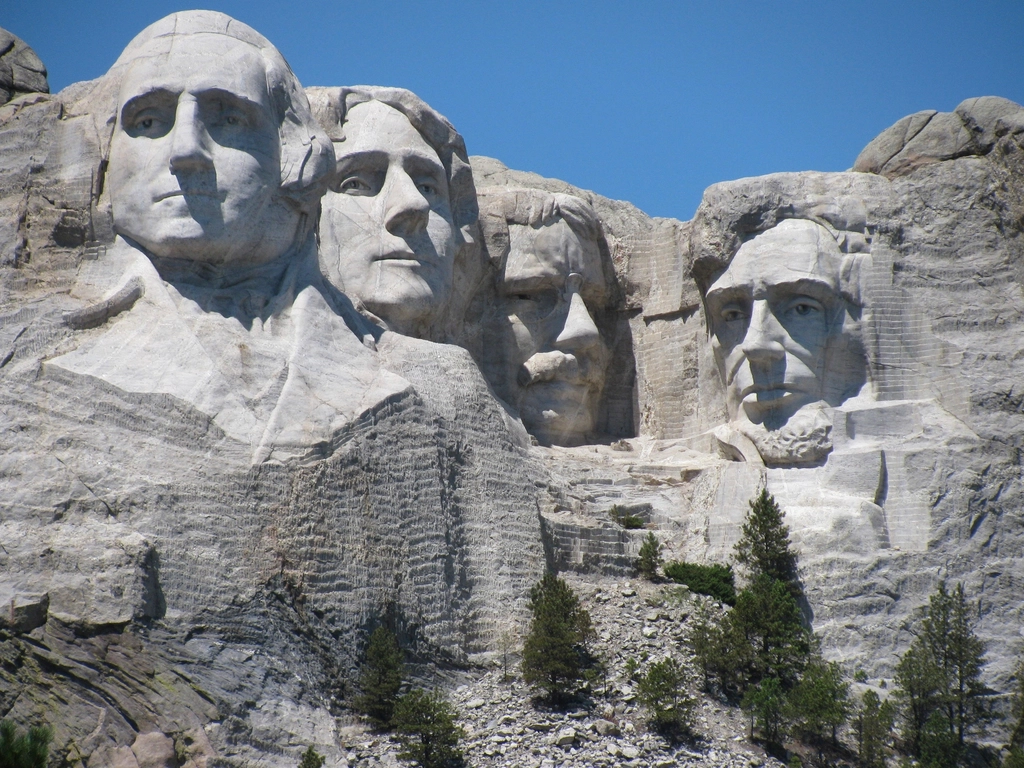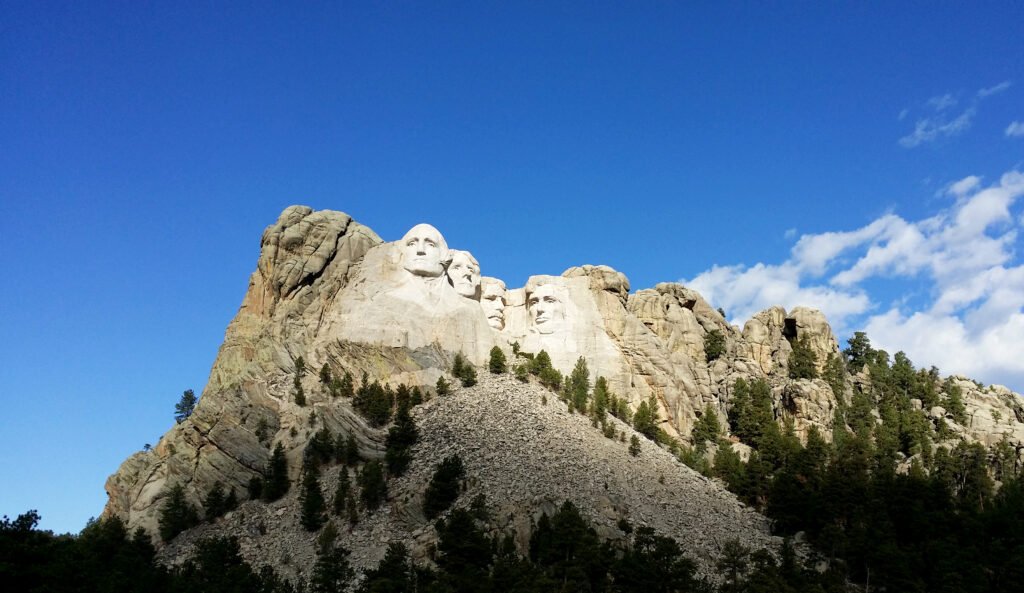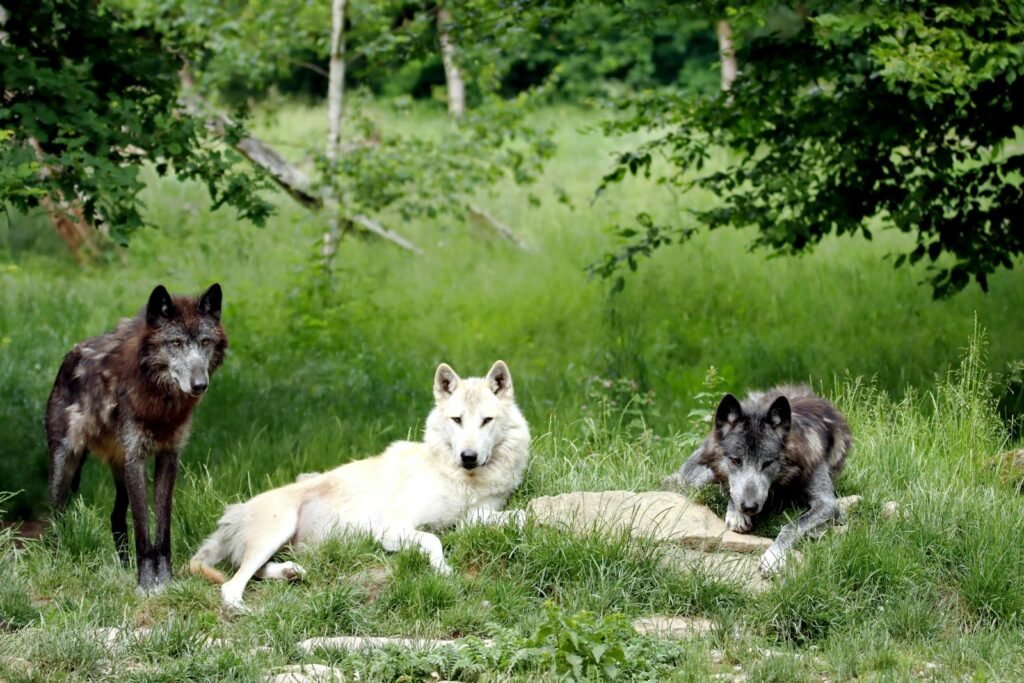Mount Rushmore towers over the Black Hills with faces of four American presidents, carved into sheer granite and gazing sternly across the South Dakota sky. But beneath the stoic expressions of Washington, Jefferson, Roosevelt, and Lincoln lies a story far more complicated and controversial than any official tour will tell you. Every year, millions of visitors marvel at the monument’s sheer scale and artistry, yet for many, Mount Rushmore is not a symbol of unity or progress—it’s a wound, a reminder of broken promises, cultural erasure, and the ongoing struggles of Indigenous people. What keeps this mountain from being just another stone landmark? Why does it still ignite protests, passion, and pain nearly a century after the first dynamite blast? The answer is layered, emotional, and deeply human.
The Sacred Land Before the Carvings
Long before sculptor Gutzon Borglum picked up his chisel, the land we now call Mount Rushmore was sacred ground for the Lakota Sioux and other Indigenous nations. Known as Six Grandfathers, this granite formation was a place of prayer, ceremony, and deep spiritual meaning. To the Lakota, these hills held the stories of their ancestors and the heartbeat of their culture. When gold was discovered in the Black Hills, the U.S. government broke sacred treaties and took control, shattering centuries-old connections. The monument’s very existence, carved into a mountain stolen from its original caretakers, remains a powerful symbol of loss and injustice for Native communities.
The Faces of Power and the Shadow of Exclusion
Mount Rushmore’s presidential faces are meant to represent American ideals—freedom, democracy, and leadership. But for many, these four figures also represent a history of exclusion, colonialism, and broken promises. Each president carved into the stone played a role, directly or indirectly, in policies that devastated Native Americans and other marginalized groups. Thomas Jefferson, for example, drafted the Declaration of Independence, but he also pushed for westward expansion at the expense of Indigenous peoples. These contradictions fuel the ongoing debate: can a monument truly embody national pride if it ignores the pain behind its creation?
Artistic Vision Versus Historical Reality

Gutzon Borglum, the mastermind behind Mount Rushmore, envisioned a monument that would outlast empires and inspire awe for centuries. He wanted to create not just art, but an icon of American greatness. Yet, the decision to carve these particular faces into a mountain already sacred to others reveals a painful blindness to the land’s original meaning. While the sculpture is an unrivaled feat of engineering and artistry, it also stands as a monument to selective memory. The story it tells is incomplete, and that omission continues to breed resentment and protest.
Environmental Impact and the Price of Permanence
Carving Mount Rushmore wasn’t just a cultural disruption—it was an environmental one, too. The blasting and drilling that shaped the monument scarred the landscape, destroyed ancient rock formations, and disrupted local ecosystems. The Black Hills are home to unique plant and animal species, many of which are significant to Lakota traditions. The environmental cost of turning a sacred mountain into a tourist site echoes through time, raising questions about our choices and their lasting effects on both nature and culture.
The Ongoing Fight for Recognition and Reparations
For many Native Americans, Mount Rushmore is not just history—it’s a living issue. The Lakota have never stopped fighting for their land, culture, and respect. Legal battles have reached the highest courts, and the U.S. government has even offered financial settlements, which the Lakota have refused, insisting that the land itself is priceless and irreplaceable. Protests, marches, and ceremonies continue at the site, reminding the world that the story of Mount Rushmore is unfinished and that justice remains elusive.
The Power of Protest: Voices That Refuse to Be Silenced
Protesting Mount Rushmore has taken many forms, from peaceful gatherings and cultural ceremonies to bold acts of civil disobedience. In recent years, activists have scaled the monument, draped banners, and spoken out on national stages to demand change. These protests are not just about the past—they are about the right to be heard, the right to tell one’s own story, and the demand for a future that honors all people. The presence of protest is proof that the issues at the heart of Mount Rushmore remain urgent and unresolved.
Cultural Erasure and the Battle for Memory
Monuments shape how we remember history. By choosing which stories to carve in stone and which to leave untold, societies shape the future’s understanding of the past. For many Indigenous people, Mount Rushmore stands as an example of cultural erasure—a physical reminder that their stories, heroes, and sacred spaces were overwritten by another narrative. The ongoing conflict is not just about land or stone, but about who gets to decide what matters, who is remembered, and who is forgotten.
Scientific Perspectives: Geology Meets History
The granite of the Black Hills tells its own story, millions of years older than any monument or nation. Scientists marvel at the endurance of this ancient rock, which has survived tectonic shifts, glaciers, and eons of weathering. The carving of Mount Rushmore represents a dramatic intervention in natural history—humans leaving their mark in the most permanent way possible. Yet, even stone is not forever. Erosion, lichen, and the relentless forces of nature continue to shape the faces, a silent reminder that even the most powerful empires leave only temporary marks on the earth.
Tourism, Economy, and the Cost of Controversy
Mount Rushmore draws millions of visitors each year, fueling the local economy and providing jobs for hundreds of people. Yet, tourism comes with a price. The influx of visitors can strain local resources, disrupt wildlife, and create tension between economic interests and cultural respect. For some, the monument is a source of pride and prosperity; for others, it is a constant reminder of loss. Balancing these competing interests is an ongoing challenge, with no easy solutions.
Reimagining the Monument: New Visions for the Future
As conversations about history, justice, and representation gain momentum, some are calling for new ways to honor the land and its people. Proposals range from adding plaques that acknowledge the monument’s complex history to creating new memorials dedicated to Indigenous leaders and cultures. Others imagine returning the Black Hills to their original caretakers or transforming the site into a place of healing and dialogue. These ideas reflect a growing desire to move beyond conflict and toward understanding—one that recognizes the pain of the past while building hope for the future.
The Enduring Question: Whose Story Does the Stone Tell?

Mount Rushmore’s imposing faces may seem silent, but they continue to speak volumes about the nation’s values, struggles, and unfinished business. Every protest, every debate, every act of remembrance forces us to confront uncomfortable truths and ask: whose story is carved into the land, and whose has been left out? The monument endures not just as a work of art or a tourist attraction, but as a living symbol of a country still wrestling with its identity. As the sun rises over the Black Hills, the faces in the stone watch over a land where history, memory, and hope are still being shaped.



